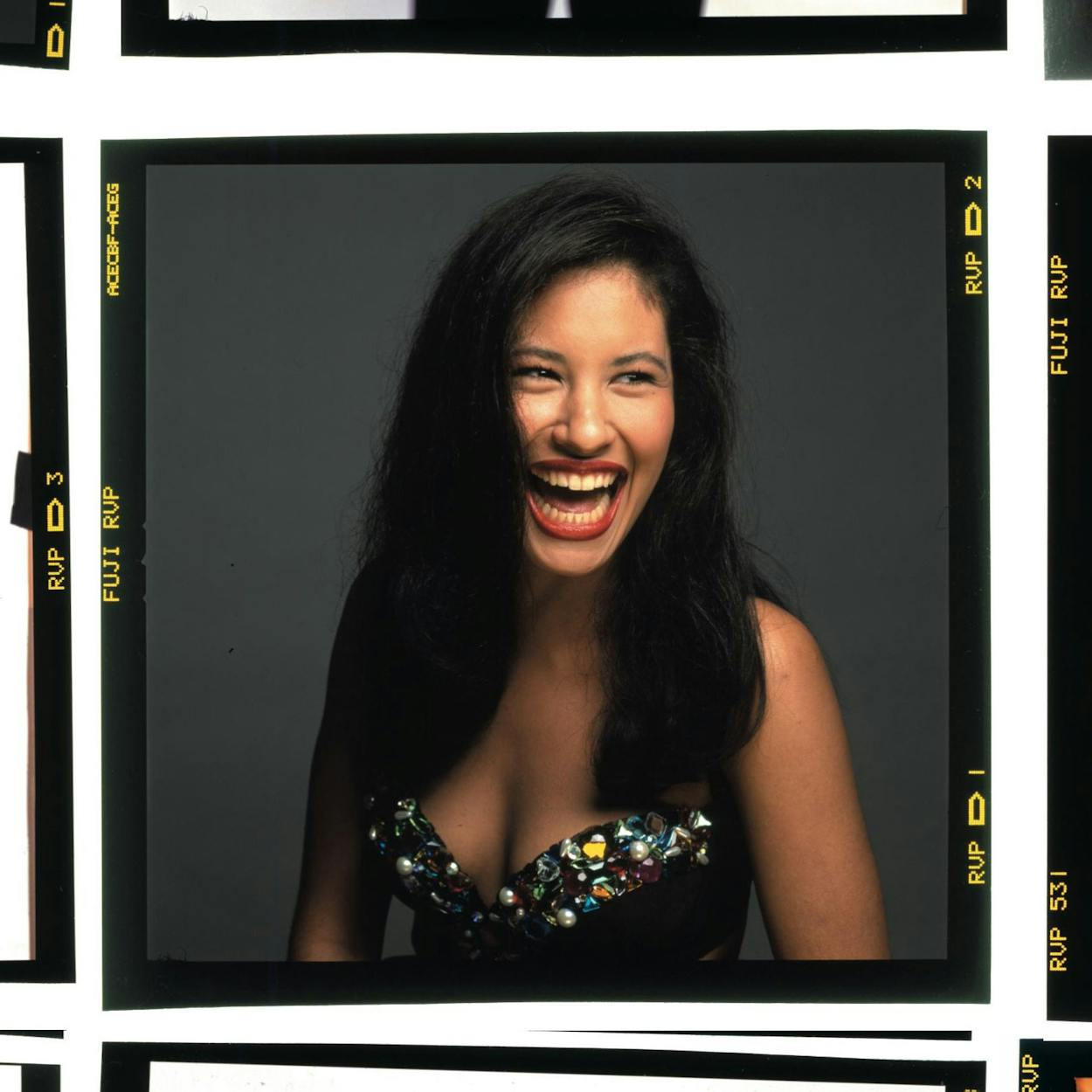This past year marked an important, though largely unnoticed, milestone for fans of Selena Quintanilla Perez, the hugely popular Tejano singer who died at 23 on March 31, 1995: She has now lived in our memories for longer than she performed professionally. She was 9 years old when she started singing at parties and weddings around Lake Jackson. Over the next six years she sang in a range of venues in Texas and around the country—anywhere her father, Abraham Quintanilla, could get the family a gig. Beginning with her first radio hits, in 1985, she steadily built a larger and larger audience with a remarkable run of albums and a stage persona that was basically irresistible. When it all came to a tragic end, she had been performing for fourteen years. As of this month, she has been a memory for fifteen.
The transition is significant, since this “memory phase” (or whatever you might call it) of Selena’s career has been so impressive. As with any famous musician who dies too soon, she has been celebrated with a biopic, tribute albums, concerts and merchandise, but in her case the commemoration has risen to a higher plane. Like Elvis, Selena’s afterlife has also been filled with impersonators, shrines, an endless stream of pilgrimages to her home, and a level of extreme posthumous veneration (what the writer Deborah Paredez calls “Selenidad”). In life she was a star; in death she became a legend.
Part of this surely has to do with the shock of her murder. Most people can recall where they were when they first heard that Selena had been shot and killed by the president of her fan club. But as dramatic as her death was, it was the incredible story of her life—recounted this month in senior editor Pamela Colloff’s oral history, “Dreaming of Her”—that made her a hero to so many people.
Selena meant more to her fans than most pop stars do. She reached the height of her fame in the nineties, a decade in which America was gradually becoming aware of the increasing political, commercial, and cultural clout of its roughly 25 million Latinos, and she herself played a critical role in this process. Not only did she force theretofore clueless marketers in New York City to stand up and take notice of her “demographic,” but she helped build it. She was an English-speaking Tejana adored by Mexicans; a Mexican American cherished by Puerto Ricans, Colombians, Cubans, Salvadorans, and Dominicans; a nimble singer who could toggle between cumbias, Tejano dance numbers, old-school norteño ballads, and American pop covers. Much is made of the fact that Selena died just as she was on the verge of crossing over, but within that extremely heterogeneous group known as “the Hispanic community,” she had already been executing deft crossovers for years.
Nevertheless, she died before having the kind of mainstream success against which all minority superstars in America are destined to be measured (though fast sales of her posthumous English-language album, Dreaming of You, made it clear that she would have easily nailed this crossover as well). And perhaps this too is part of what accounts for the power that her memory still holds. As the writer Ilan Stavans says, “Her legend was never—will never—be forced to confront the conundrum of assimilation.” (And for anyone who doubts that it is a conundrum, see the bizarre and often tortured life of the King of Pop, Michael Jackson.) Selena would have probably handled this challenge with grace, but she never had to. She remains forever preserved in the hard amber of our collective memory as una artista del pueblo, the star who never left her modest Corpus Christi home. This month, on the fifteenth anniversary of her death, we look back, through the eyes of the people who knew her best, at a legend who will never die.







